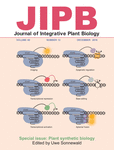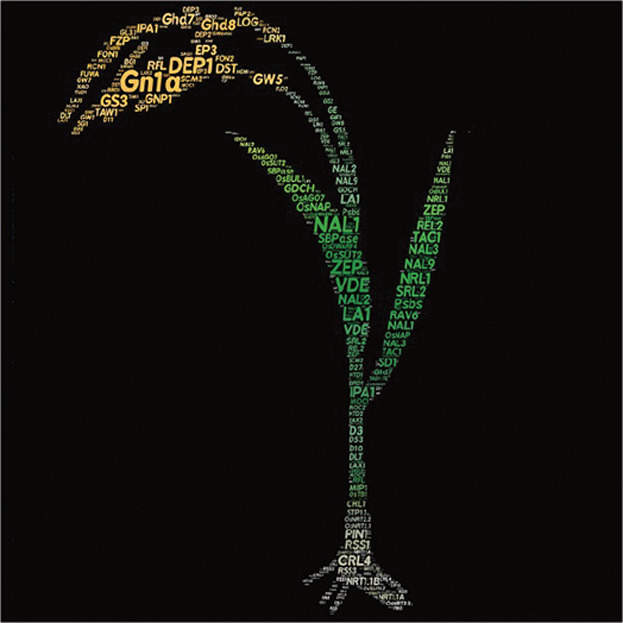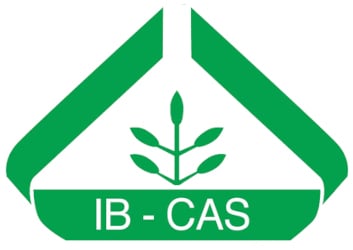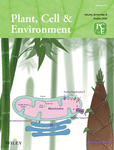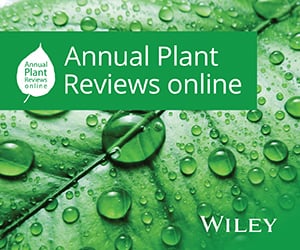Journal list menu
Export Citations
Download PDFs
Cover Picture
Cover Image: Plant synthetic biology
- Page: C1
- First Published: 18 December 2018
The nuclease domain of Cas9 can be deactivated by point mutations, to convert the protein into a sequence-specific DNA-binding protein. In this issue, Kumlehn et al. (1127–1153) discuss the use of the resultant deactivated Cas9 protein to target various functions by binding to specific sites in genome for applications, such as imaging, epigenetic and transcriptional regulation, base editing or aptamer fusions.
Issue information page
Acknowledgements
Editorial
Plant synthetic biology: One answer to global challenges
- Pages: 1124-1126
- First Published: 23 November 2018
Invited Expert Reviews
The CRISPR/Cas revolution continues: From efficient gene editing for crop breeding to plant synthetic biology
- Pages: 1127-1153
- First Published: 02 November 2018
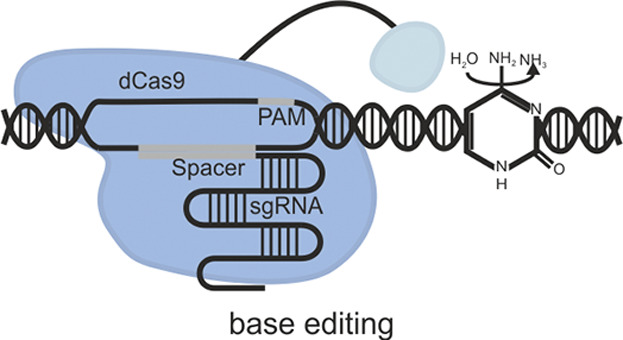
CRISPR/Cas technology is revolutionizing plant breeding, allowing genomes to be modified rapidly and efficiently for generating crop plants with new advantageous traits. Moreover, the unprecedented expansion and development of the CRISPR/Cas toolbox continuously enables novel applications to be exploited, for agriculture as well as synthetic plant biology.
Systems model-guided rice yield improvements based on genes controlling source, sink, and flow
- Pages: 1154-1180
- First Published: 10 November 2018
Molecular processes in iron and zinc homeostasis and their modulation for biofortification in rice
- Pages: 1181-1198
- First Published: 23 November 2018
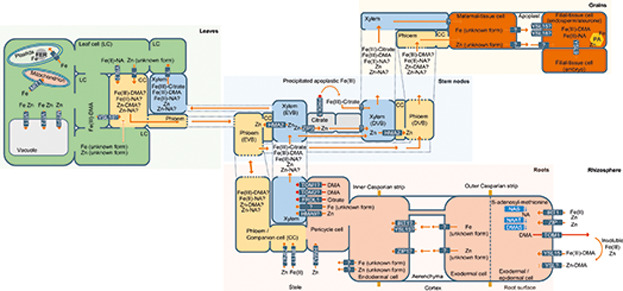
Human iron and zinc deficiencies are serious global health concerns. Iron and zinc homeostasis is tightly regulated in plants. By modulating mechanisms underlying iron and zinc uptake, translocation and storage, various biotechnological strategies succeeded in enhancing the iron and zinc concentrations in rice grains.
On the role of the tricarboxylic acid cycle in plant productivity
- Pages: 1199-1216
- First Published: 19 June 2018
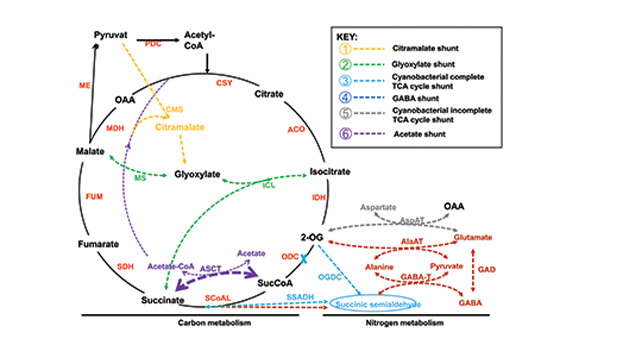
The tricarboxylic acid (TCA) cycle is one of the canonical energy pathways of living systems as well as being an example of a pathway in which dynamic enzyme assemblies or metabolons are well characterized. Given that a number of its variants in nature, here we discuss possible synthetic approaches involving introducing these variants, or at least a subset of them, into plants.
Optimizing photorespiration for improved crop productivity
- Pages: 1217-1230
- First Published: 20 August 2018

Photorespiration reduces yields of C3 crops such as wheat, rice and soybean by 20%-50%. Reducing the energetic demand and flux through the photorespiration pathway has potential for increased crop productivity. Here we summarize recent reports on ways photorespiration has been optimized or reduced to increase photosynthetic efficiency and plant productivity.
Biotechnological approaches in glucosinolate production
- Pages: 1231-1248
- First Published: 06 August 2018
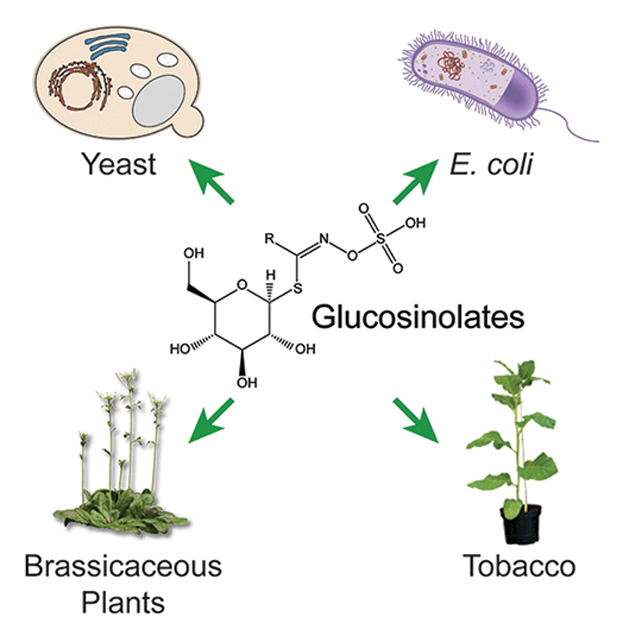
This review provides a comprehensive overview of the biotechnological approaches to generate rich sources of health-promoting glucosinolates, including comparison of glucosinolate production levels in hairy root and cell cultures of brassicaceous plants, in heterologousplant hosts like tobacco, and in the microorganisms Escherichia coli and Saccharomyces cerevisiae.




